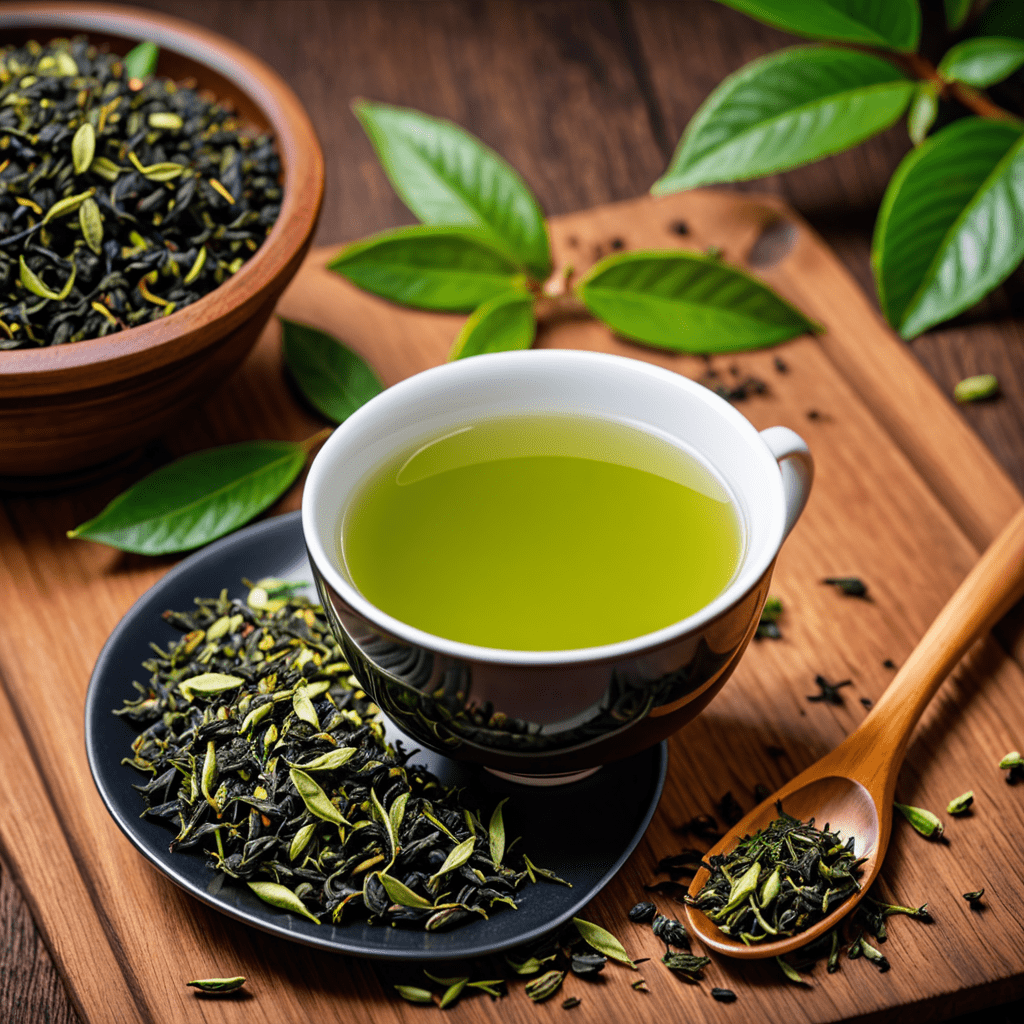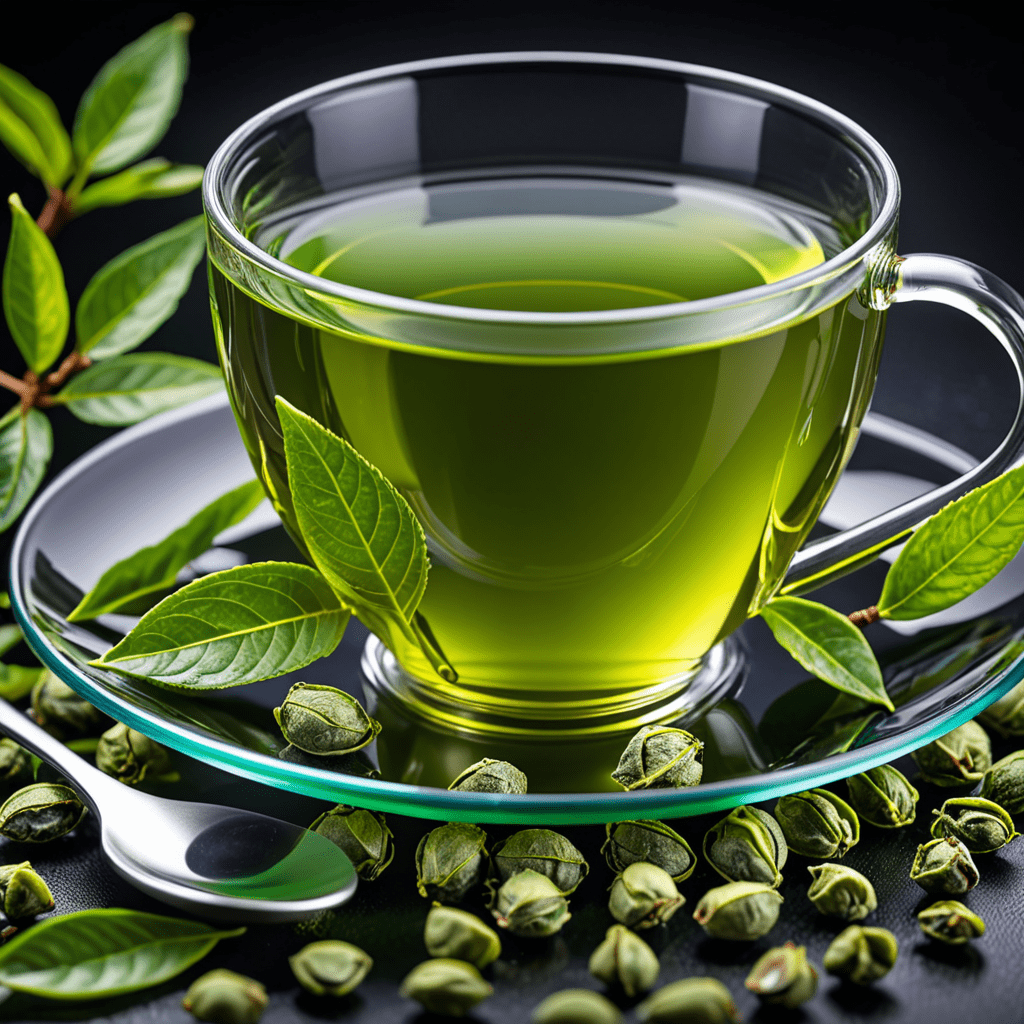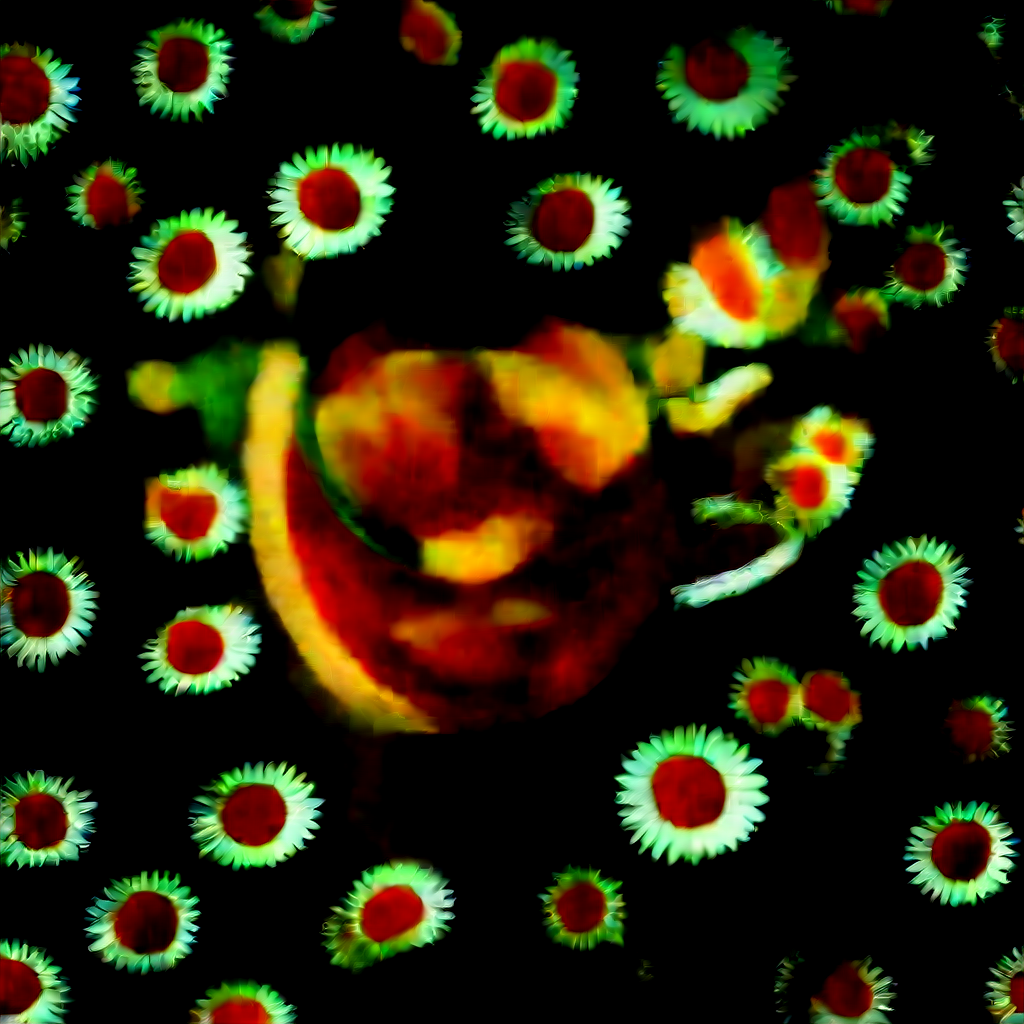1. Introduction: A Timeless Blend of Fashion and Tea
Tea and fashion, two seemingly disparate worlds, have been intertwined for centuries in British culture. From the elegant tea rooms of the Victorian era to the modern-day influence of British tea houses on high fashion, tea has played a significant role in shaping fashion trends and reflecting the evolving tastes of society. This article explores the fascinating journey of how British style has influenced tea trends, from the royal court to the high street.
2. The Royal Touch: How British Royalty Shaped Tea Culture
The British monarchy has long been associated with a love for tea, and their influence on tea culture has been profound. In the 17th century, King Charles II introduced tea to the court, making it a fashionable beverage among the aristocracy. Queen Victoria's afternoon tea tradition further solidified tea's place as a symbol of British refinement and elegance. Royal patronage of tea houses and the use of tea services adorned with royal crests cemented tea's association with luxury and high society.
3. Victorian Elegance: Tea and Fashion in the 19th Century
The Victorian era witnessed a surge in tea consumption, fueled by the Industrial Revolution and the rise of the middle class. Tea became an integral part of social gatherings, and elaborate tea services and elegant tea gowns became symbols of status and sophistication. The popularity of floral prints, lace, and intricate detailing in fashion mirrored the delicate patterns and ornate designs found on teacups and teapots of the time.
4. Edwardian Refinement: Afternoon Tea and Haute Couture
The Edwardian era, marked by elegance and grandeur, saw afternoon tea reach its zenith. Elaborate tea parties featuring exquisite finger sandwiches, pastries, and, of course, tea became a staple of upper-class life. Haute couture houses like Charles Worth and Lucile designed extravagant gowns specifically for afternoon tea, emphasizing cinched waists, flowing skirts, and luxurious fabrics. The refined elegance of Edwardian fashion perfectly complemented the formality and sophistication of afternoon tea rituals.
5. The Roaring Twenties: Tea and Flappers' Fashion
The 1920s brought a dramatic shift in fashion with the rise of the flapper style. Shorter hemlines, looser silhouettes, and a more casual approach to dressing reflected the changing social norms of the time. Tea remained a popular beverage, but it was enjoyed in more relaxed settings, such as jazz clubs and speakeasies. Flappers' fashion, with its focus on comfort and movement, aligned with the changing attitudes towards tea consumption, emphasizing informality and a sense of liberation.
6. Post-War Fashion and the Rise of Tea Rooms
In the aftermath of World War II, Britain faced economic hardship and social change. Tea remained a comforting and affordable luxury, enjoyed in more casual settings like tea rooms. These establishments offered a respite from the daily grind, providing a space for socializing and enjoying a cup of tea with friends and family. The rise of tea rooms coincided with a shift in fashion towards practicality and comfort. Utility clothing, with its simple lines and durable fabrics, reflected the needs of a nation recovering from war.
7. Modern Trends: Tea and Contemporary British Fashion
In recent decades, tea has experienced a resurgence in popularity, driven by a growing awareness of its health benefits and a renewed appreciation for its cultural significance. This revival has had a noticeable impact on contemporary British fashion. Designers like Vivienne Westwood and Stella McCartney have incorporated tea-inspired motifs and patterns into their collections, celebrating the heritage and symbolism associated with tea. Tea shops and cafes have become trendy hangouts, offering a platform for independent designers to showcase their work.
8. The Influence of British Tea Houses on Fashion
British tea houses have played a significant role in shaping fashion trends, both historically and in the modern era. These establishments have served as meeting places for the elite, the artistic, and the fashionable, fostering a cross-pollination of ideas and styles. The elegant ambiance and refined decor of tea houses have inspired designers, who have incorporated elements like floral prints, delicate lace, and tailored silhouettes into their collections. In recent years, tea houses have become hubs for pop-up shops and fashion shows, further solidifying their connection to the world of fashion.
9. Sustainable Fashion and Ethical Tea Sourcing
In today's environmentally conscious world, the tea industry is increasingly focusing on sustainable practices. Ethical tea sourcing, which ensures fair treatment of farmers and workers and minimizes environmental impact, is becoming a key consideration for consumers. This trend has influenced fashion as well, with designers opting for natural fibers, organic dyes, and recycled materials. Tea houses are also embracing sustainability, partnering with ethical tea suppliers and implementing eco-friendly practices.
10. The Future of Tea and Fashion: A Collaboration in Style
The future of tea and fashion is one of collaboration and innovation. As consumers become more conscious of the origins of their food and clothing, they are seeking brands that embody ethical and sustainable values. Tea houses and fashion designers can work together to create products that reflect these values, promoting fair trade, environmental responsibility, and a shared appreciation for British style and heritage. This collaboration has the potential to shape the future of both industries, inspiring a new generation of consumers to embrace the timeless elegance and cultural significance of tea and fashion.
FAQ
Q: How has British royalty influenced tea culture?
A: British monarchs have played a significant role in shaping tea culture, from King Charles II's introduction of tea to the court to Queen Victoria's afternoon tea tradition. Royal patronage of tea houses and the use of tea services adorned with royal crests have cemented tea's association with luxury and high society.
Q: How did fashion reflect tea culture in the Victorian era?
A: The Victorian era witnessed a surge in tea consumption, and fashion mirrored this trend. Elaborate tea gowns and dainty teacups shared similar floral prints, lace, and intricate detailing, reflecting a shared appreciation for elegance and refinement.
Q: What was the connection between tea and fashion in the Edwardian era?
A: The Edwardian era saw afternoon tea reach its zenith, and haute couture houses designed extravagant gowns specifically for this occasion. These gowns emphasized cinched waists, flowing skirts, and luxurious fabrics, complementing the formality and sophistication of afternoon tea rituals.
Q: How did the Roaring Twenties impact tea and fashion?
A: The 1920s brought a shift in fashion with the rise of the flapper style. Tea remained popular, but it was enjoyed in more relaxed settings, aligning with the changing social norms and the more casual and comfortable fashion of the time.
Q: What is the influence of British tea houses on fashion?
A: British tea houses have served as meeting places for the elite, the artistic, and the fashionable, inspiring designers with their elegant ambiance and refined decor. Tea houses have also become hubs for pop-up shops and fashion shows, further solidifying their connection to the world of fashion.


